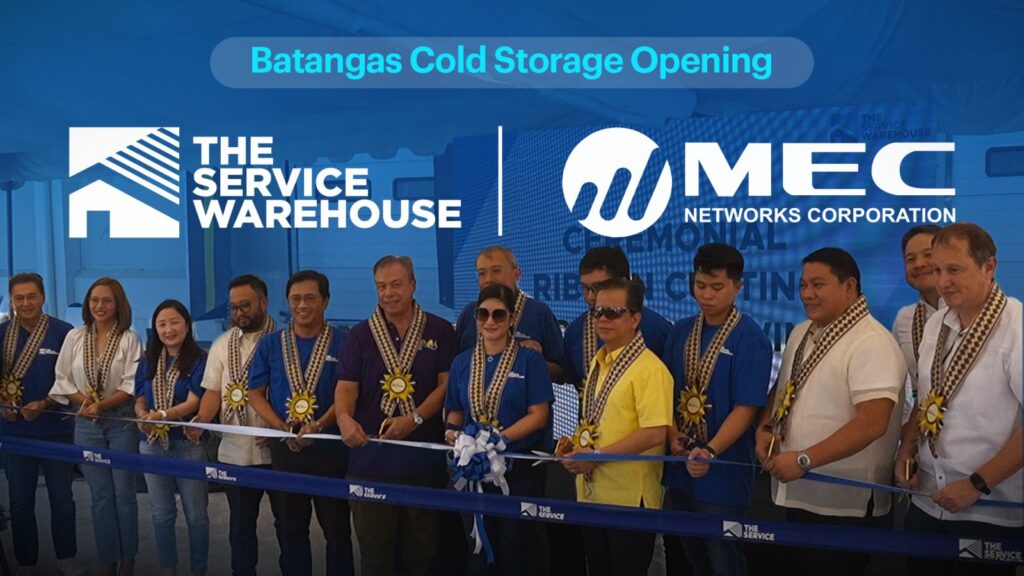During the pandemic, transitioning to a work-from-home model propelled companies to do three things. First, move critical data to the cloud. Second, ensure that workers have access to essential business operations. And third, fortify connections between the home office and commercial network.
And now, rather than moving everyone back into the office, these companies are transitioning to a work-from-anywhere (WFA) approach. Some workers accomplish their tasks from home, others on-site, and the rest productively manage their work in a hybrid setup.
This innovative approach has reaped several benefits. Flexibility and better work-life balance for employees have boosted their productivity and satisfaction with their jobs.
Companies also realized that there are several logistical and financial advantages that come with reducing commercial office overhead. But managing the hybrid workforce meant that networks had to be hybrid too. These networks had to be suitable for balancing cybersecurity with user experience.
Quality of Experience and WFA
Now, let us look at Quality of Experience (QoE) which measures how satisfied workers are with their overall work experience. It includes effects like ease and speed of access to the following: essential resources, constant availability of business-critical operations, and quality of service for activities like voice and videotape conferencing
But maintaining QoE for WFA personnel is a challenge. It requires flawless access to business-critical operations and data both on-site and in the cloud, no matter where the user accesses them. Further, this must take place without risking network security, which is especially demanding considering that home networks and remote devices are undeniably under-secured.
Three Crucial IT Pain Points in WFA Models
1. Inconsistent Experience
A familiar approach to maintaining security while handling remote business is to backhaul all applications and internet traffic through the commercial data center for verification before reaching its destination. Still, this increases latency and wastes bandwidth in comparison to a direct connection. These infrastructures can also be complicated and costly to operate because IT must painstakingly configure and manage branch routers and stitch security system policies.
QoE becomes inharmonious for branch end-users because backhauling application traffic can impact application reliability. Home users are forced to access applications through a VPN entryway to the commercial network, leading to indeed further unpredictability due to variations in the abilities of the bandwidth at home.
Challenges linger even when companies allow direct access to cloud applications because enhanced application experience comes at the price of the security. Home users must also still use a VPN to enter internal resources, making their entire experience disappointing.
2. Incompatible Policies
IT teams find it difficult to guarantee dependable policy enforcement across the network when various sets of security are deployed at separate locations This is because an overall lack of visibility and control creates a landscape that is susceptible to threats. Threat researchers have lately detected a shift in threat actor behavior aimed at taking advantage of policy inconsistencies by targeting home or smaller branch offices instead of attacking traditional network devices. These bad actors can penetrate a device situated in an under-secured network and use it to seize control of a VPN connection to reach corporate resources, rather than forcing their way past commercial security.
3. Implicit Trust
Numerous companies use an implicit trust model when delivering access to operations. Those using a VPN connection are commonly authenticated with a general process that provides access to the entire network, with the premise being that any device connecting through a secure VPN passageway is to be trusted. But all it takes is for a remote user’s machine, identity, or credentials to be breached and then a bad actor can ride that trusted VPN connection and gain access to the entire network.
Overcoming WFA Obstacles with SD-WAN and ZTNA
When enforcing a WFA model, companies must adjust their current frameworks and security models. The ways of traditional security and connectivity are simply not up to the task. The good news is that the challenges described earlier can be addressed with the deployment of the Secure SD-WAN and Zero Trust Network Access (ZTNA) from Fortinet.
While SD-WAN is great at supplying dependable connections to cloud-based operations, a lot of SD-WAN solutions need integrated security. On the other hand, Secure SD-WAN on a purpose-built security platform merges advanced connectivity with enterprise-grade security and allows for single-console operation, enabling harmonious policy creation, deployment, and enforcement. More than this, ZTNA provides per-user access to specific applications, far surpassing implicit trust when it comes to security. Each device, user, and application can be seen and controlled no matter where they are connecting from. Solutions like Secure SD-WAN and ZTNA aid enterprises in overcoming these problems as they realize the opportunities that WFA provides.
Transform your networking approach today, enhance user experience, and simplify operations at the WAN edge with Fortinet’s Secure SD-WAN.





